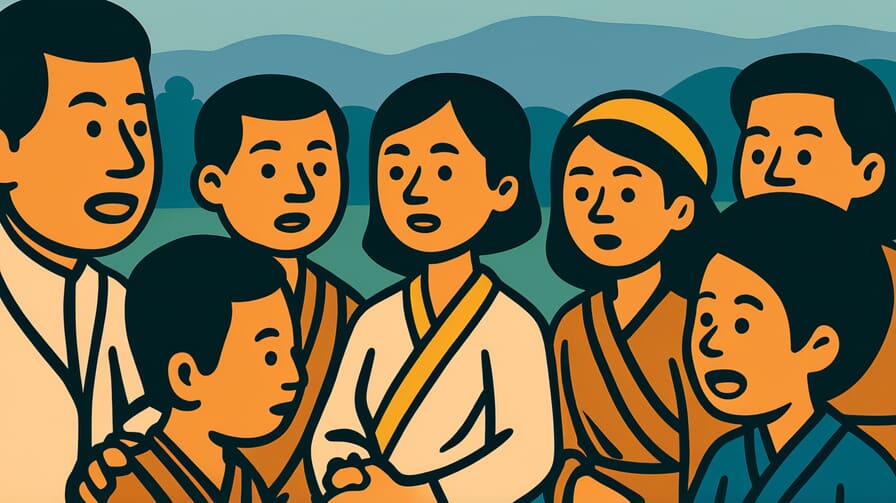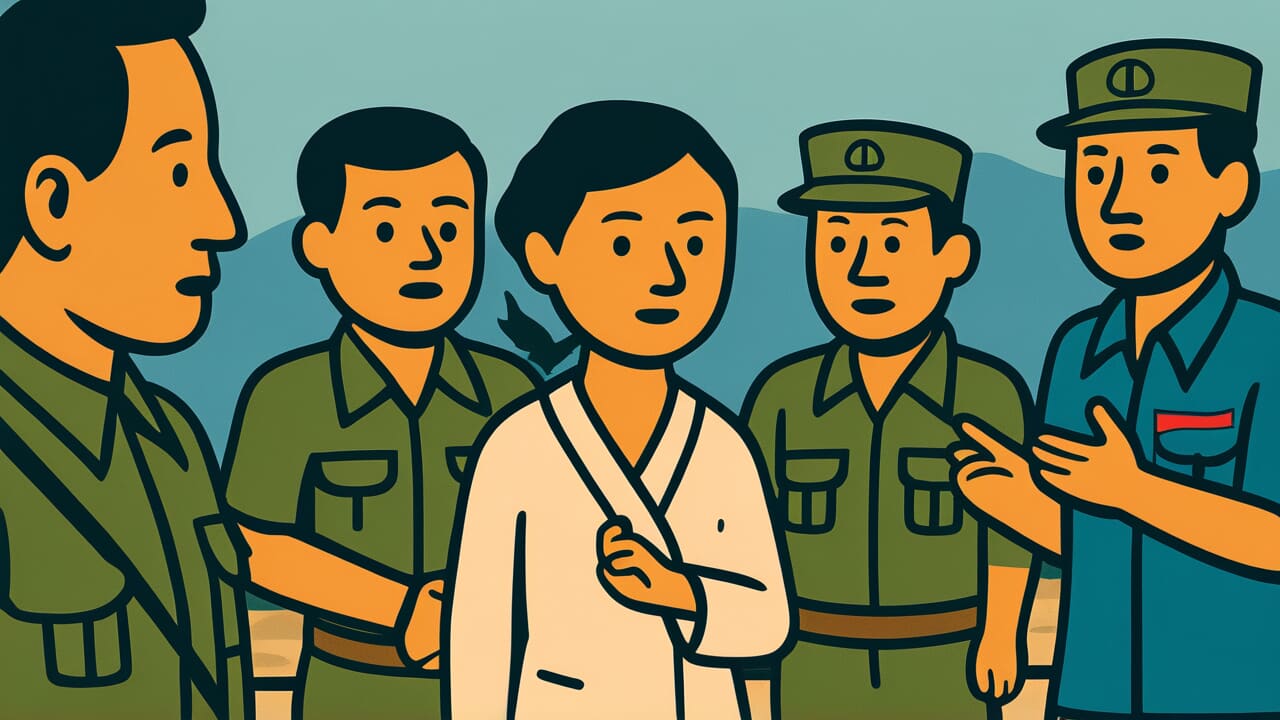[Disclaimer] This article is reconstructed based on information from external sources. Please verify the original source before referring to this content.
News Summary
The following content was published online. A translated summary is presented below. See the source for details.
Cambodian refugees and concerned citizens are calling for peace amid an ongoing border dispute between Cambodia and Thailand. The conflict centers around the Preah Vihear temple area, which has been a source of tension between the two countries for years. Recently, military buildup and skirmishes have displaced thousands of residents from border villages. Refugee camps have been set up to house those fleeing the conflict zone. Community leaders and human rights organizations are urging both governments to pursue diplomatic solutions and avoid further escalation. The dispute has raised concerns about regional stability and the welfare of civilians caught in the crossfire. International bodies like ASEAN have been called upon to mediate the situation and help broker a peaceful resolution to the border issue.
Source: globalvoices
Our Commentary
Background and Context

The Cambodia-Thailand border dispute has roots in colonial-era boundaries and historical claims. The Preah Vihear temple, a UNESCO World Heritage site, has been a particular flashpoint. In 1962, the International Court of Justice ruled that the temple belonged to Cambodia, but surrounding areas remained contested. Periodic tensions have flared up since then, with the current situation representing a significant escalation.
Expert Analysis
This border conflict has implications for regional stability and ASEAN unity. Experts suggest that the dispute reflects broader geopolitical tensions and nationalism in Southeast Asia.
Key points:
- The conflict threatens to undermine ASEAN’s principle of peaceful dispute resolution
- Economic impacts include disrupted trade and tourism in the border region
- The humanitarian crisis of displaced civilians adds urgency to diplomatic efforts
Additional Data and Fact Reinforcement
Official reports and NGO assessments provide context for the scale of the crisis:
- An estimated 20,000 people have been displaced from border villages
- The disputed area covers approximately 4.6 square kilometers around the temple
- Previous clashes in 2011 resulted in 28 deaths and significant property damage
Related News
This border dispute occurs against a backdrop of other territorial conflicts in Southeast Asia, including the South China Sea disputes. It also highlights the challenges ASEAN faces in maintaining regional harmony and effectively addressing intra-regional conflicts.
Summary

The Cambodia-Thailand border dispute represents a critical test for regional diplomacy and conflict resolution mechanisms. The welfare of displaced civilians and the potential for escalation make this a pressing issue for both countries and the broader international community. How this situation is resolved could set important precedents for handling similar disputes in the future.
Public Reaction
Social media campaigns using hashtags like #PeaceAtTheTemple and #CambodiaThaiFriendship have gained traction, with citizens from both countries expressing desires for peaceful resolution. Protests in Bangkok and Phnom Penh have called for de-escalation and prioritization of diplomatic talks.
Frequently Asked Questions
Q: What is the main cause of the border dispute?
A: The dispute primarily centers around territorial claims to the area surrounding the Preah Vihear temple, stemming from unclear border demarcations dating back to the colonial era.
Q: How is this affecting local communities?
A: Thousands of residents from border villages have been displaced, with many living in temporary refugee camps. The conflict has disrupted daily life, trade, and local economies in the affected areas.
Q: What role is ASEAN playing in this dispute?
A: ASEAN has been called upon to mediate the conflict, but its effectiveness is being tested. The organization’s principle of non-interference in member states’ internal affairs sometimes limits its ability to resolve such disputes decisively.


